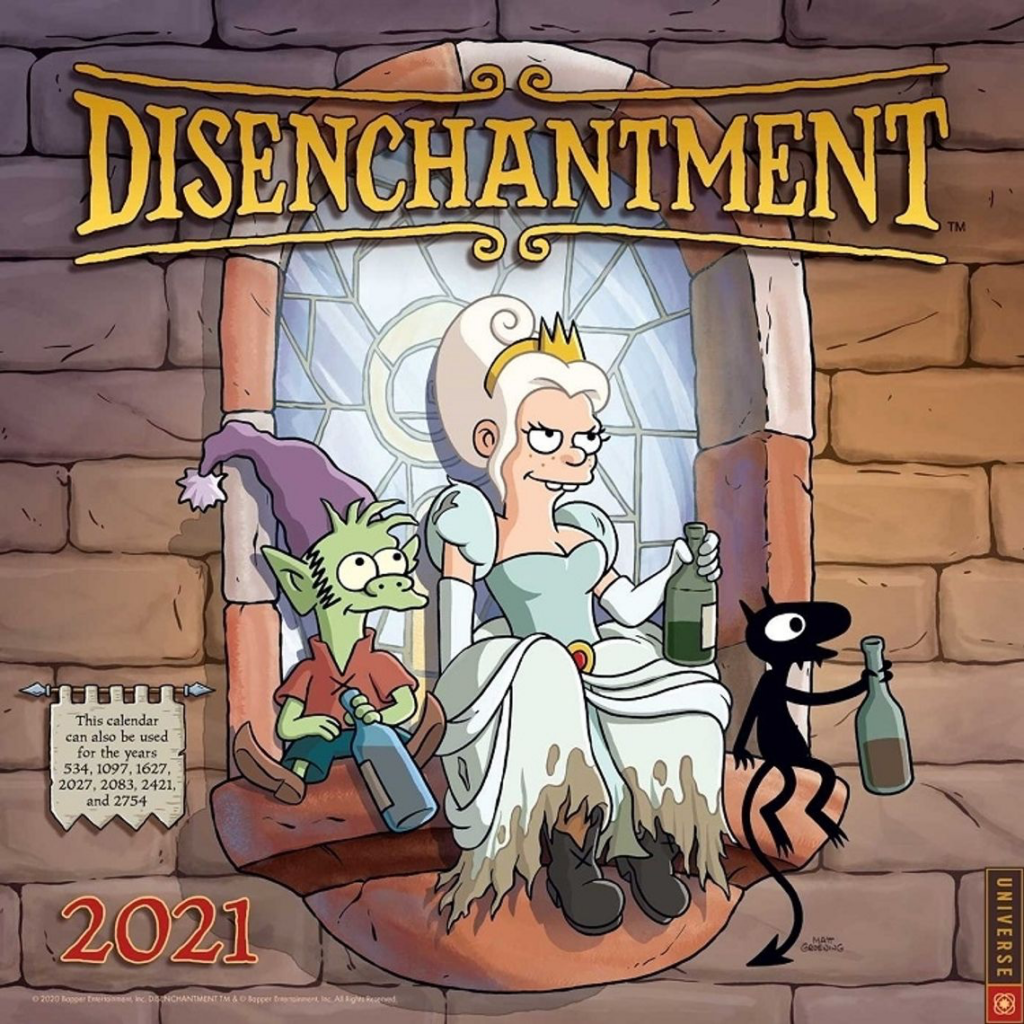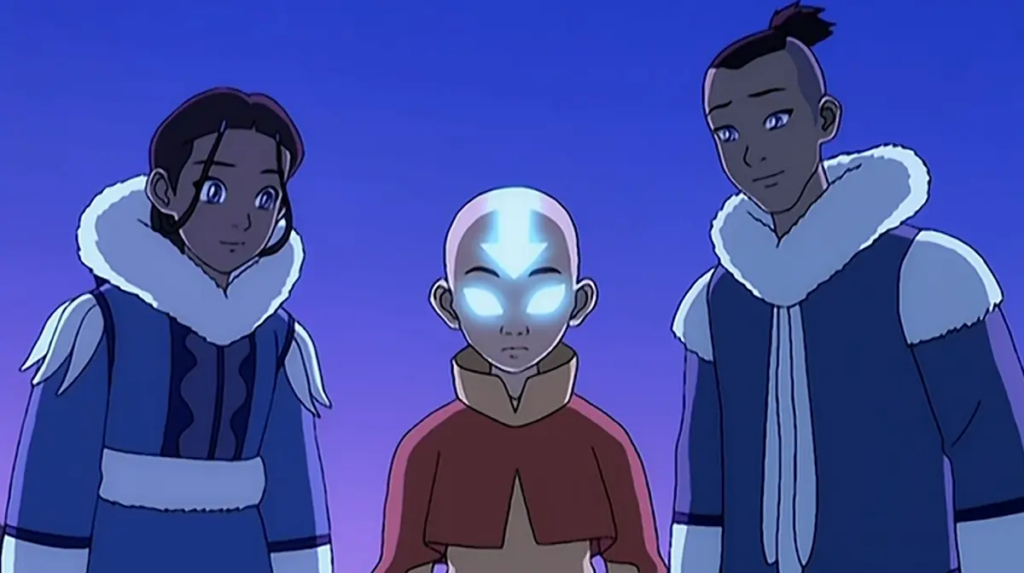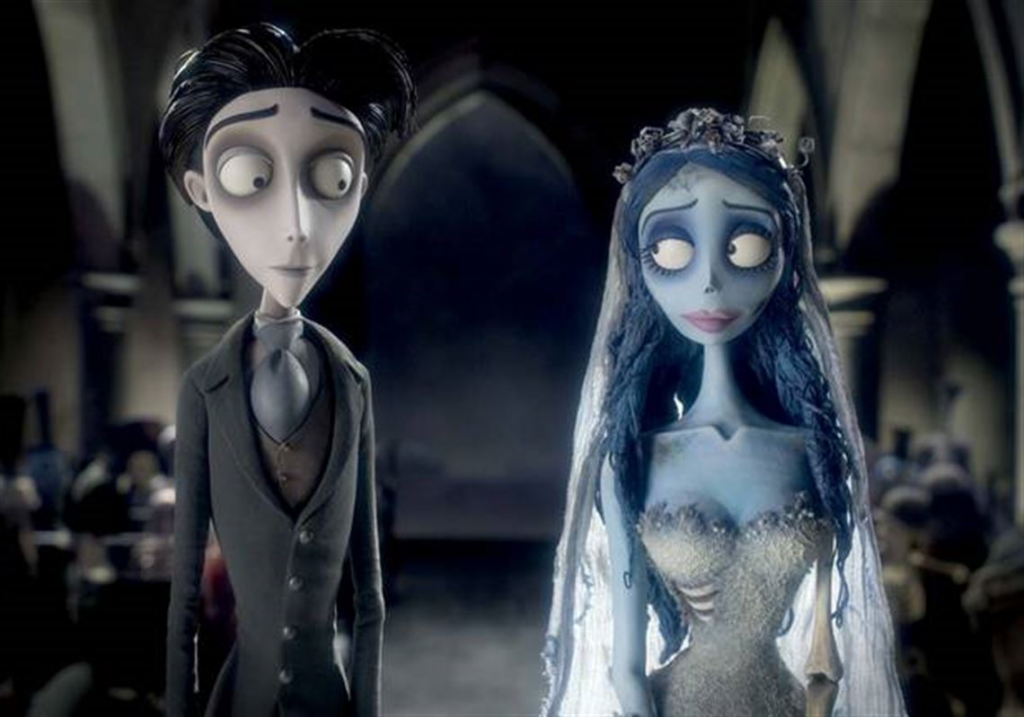“Documentary” is personally one of my favorite kinds of film. It is very unique in its standing- as it can have tropes from different genres based on what kind of documentary it is, what it is about, etc. Just like any other genre- there are different kinds of documentaries: compilation films (more like found footage), direct cinematic documentaries, and my personal favorites: historical and portrait documentaries. Portrait documentaries are ones that follows usually a certain person and focuses deeply on their life/activities. As someone from Turkey, to say that I grew up on these kinds of documentaries focusing on Ataturk would be an understatement. This subcategory of documentaries are a great way of learning more about a person- as they usually prove to be less biased/ dramatized then a biopic about the same person ( it is important to keep in mind that the definition of a biopic is “a movie that DRAMATIZES a real figures life).

In the book, it talks about how there are two main forms of documentaries: categorical and rhetorical. As the name would suggest- rhetorical documentaries are heavily focused on an argument that the filmmaker is trying to make- usually in hopes of incentivizing the viewer to take action against a certain situation- while categorical documentaries are less influenced by passion and emotions and are more to qualitative in terms of sticking to data and facts.
When it comes to the second part of this weeks reading, experimental films, we march into very ambiguous lands, in my opinion. Very different from other genres of film, there a lot of conflicting views on experimental films. This is understandable, as experimental films, by nature, challenge a lot of traditional narrative and filmmaking styles- hence the name “experimental”. Once again, experimental films come in two main different forms: associational and abstract. The only experimental film I have seen was “The Lighthouse”- and to say it disturbed me would be an understatement- which is rare as I am a huge horror fan so do not get scared easily. To be honest, “scared” wouldn’t even be the right word to describe how I felt watching that movie- “disturbed/uncomfortable” would probably be a better fit, which I think can be attributed to the experimental nature of the film.

The last kind of film described in this reading was Animation. I ADORE animation films/shows- and have been defending that they are not solely for kids for years, so I was incredibly happy to see them in this chapter. Also, one of my best friends in Turkey used to do some animation, so I know a little bit about the behind the scenes of it. Most animation now is done using a great mix of computers and hand-drawn techniques. By watching my friend- I really appreciated just how much work went into making these films, and I think the help of computers is definitely needed but nothing can override the pure warmth of watching a hand-drawn animation (I don’t even know why). Once again, just like the other two types of film discussed- animation can have attributes from different genres, which makes it a very versatile world that never bores you and has something for everyone.


^ My favorite animation shows!

^ My favorite animated movie (I don’t know if it necessarily counts as animation but very good movie nonetheless).